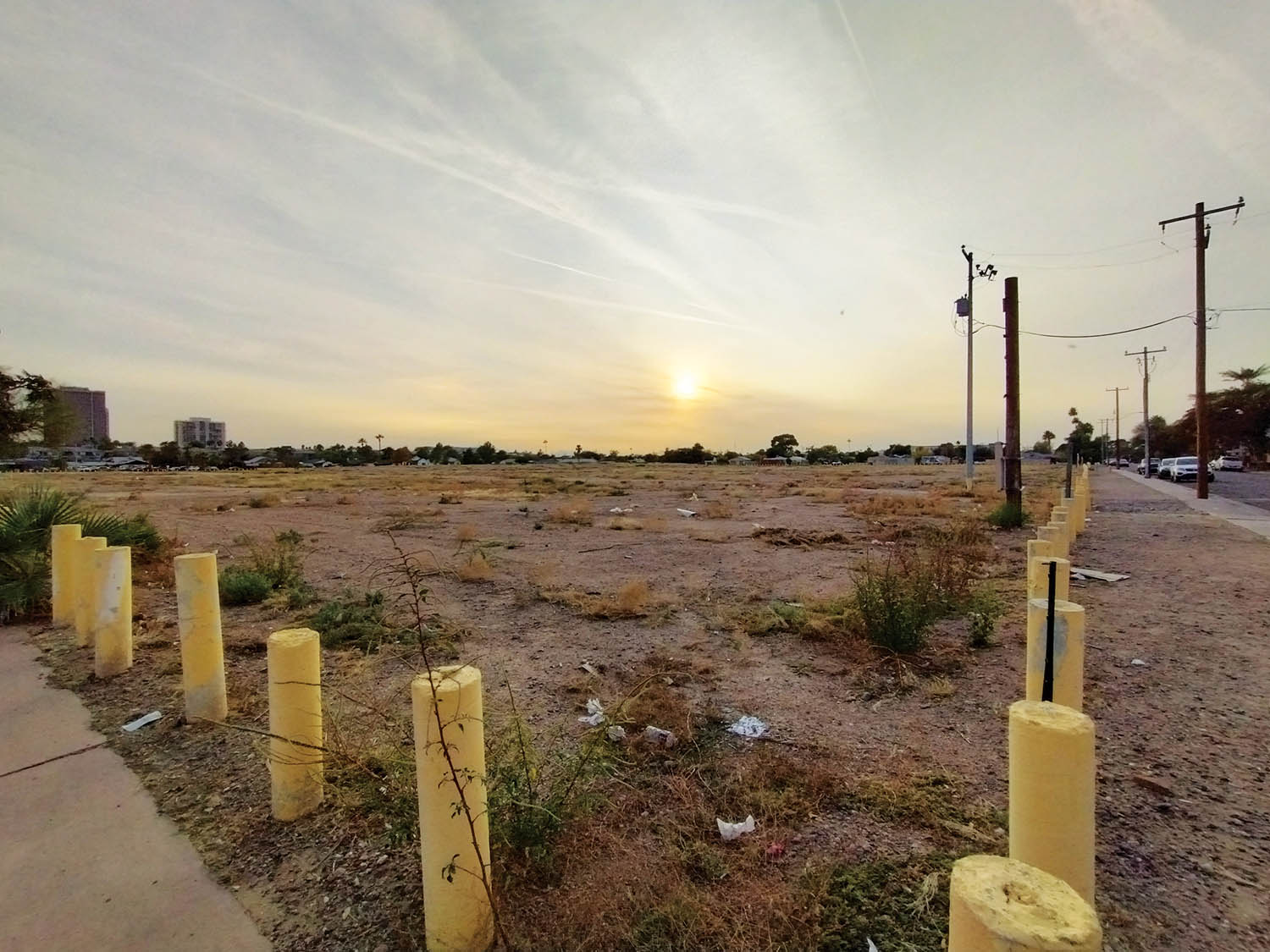
The 15-acre lot on the west side of Central Avenue between Turney and Glenrosa avenues has the opportunity to fulfill many aspects of the Transit Oriented Uptown District Policy Plan (photo by Kathryn M. Miller).
Walking around the Carnation neighborhood with residents is an eye-opening experience. As developers have jumped on the Transit Oriented Development (TOD) train and completed projects, neighbors point out ways in which they say the vision of the Reinvent PHX TOD Uptown District Plan already has failed.
Reinvent PHX was established in 2015 with one main goal: To create walkable, opportunity-rich communities. Implemented to guide future development along mass transit corridors, the policy plan came with a new Walkable Urban (WU) Code, and the establishment of TOD Districts.
The Uptown District is one of seven with adopted policy plans in place — running from Indian School Road north to Missouri Avenue; 7th Street west to 15th Avenue — and the district policy plan is specific in its vision (www.phoenix.gov/pdd/tod/reinvent-phx).
But what exactly is walkability? According to Reinvent PHX, walkable places include streets that encourage walking, bicycling, public transit use, and slower traffic speeds; enough people to support daily living amenities, such as grocery stores, daycare centers, health clinics, and public transit; short block patterns and a mix of uses that reduce distances to destinations; cool, shaded areas for relaxation and social interaction; public places that are free from violent crime.
Now, nearly 10 years in, is the Uptown plan living up to its promise? “Absolutely not,” say residents in the Carnation neighborhood and beyond. Residents say that the city is deferring too much to developers, and that, as the pace of approved multi-residential developments picks up, options to make the vision a reality are quickly disappearing.
“Carnation is in danger of becoming a high-rent district with nothing but residential apartment buildings,” said Cliff Valenti, the Development chair for the Carnation Association of Neighbors. “I strongly believe WU-Code and Uptown TOD are not being implemented in a way that will make Phoenix more walkable. It is being implemented as an incentive to maximize development intensity without providing walkable elements, or even the elements necessary to sustain a community.”
Extreme height across from single-family residential; too much density and gated apartments blocks; a lack of diversity in housing, with no affordable or ownership opportunities; no close access to healthy food; no investment in sidewalks, lighting and other basics; and a lack of built-in mixed-use component requirements — all of these things lead up to non-walkable communities, neighbors say.
One project that has the opportunity to fulfill many aspects of the Uptown plan is located on the west side of Central Avenue between Glenrosa and Turney, and is still in the preliminary stages. The 15-acre site is being developed by Petree Properties (www.centralandglenrosa.com) and will eventually include 1,600 units. Currently, the project calls for 7,000 square feet of retail/commercial — far too little, say residents.
Petree cites ample available commercial in the Downtown Phoenix Retail Submarket, which encompasses Uptown. Their project will be built in four parcel phases over 10 to 12 years, and they will continuously monitor retail space, they say.
“If it appears that we would have success in leasing a larger amount of retail space, then we will build it,” said Eric Kenney, CEO of Petree.
But residents point to the language of the Uptown plan. By 2040, the plan’s “Community Vision” calls for Central Avenue to be “lined with mixed use, live-work, and creatively reused buildings that contain cafés, small retail stores, and restaurants on the ground floor, with offices and apartments above.”
Another concern for the Glenrosa development, extreme height across the street from single-family residential. One parcel calls for a 70’ structure across from homes on Glenrosa (between 1st and 2nd Ave.), another, a 22-story, 240-foot tower at the northwest corner of Central and Glenrosa (which is the height of the City Square tower at 2nd Avenue and Clarendon).
The Carnation neighborhood is far more concerned about the height across from existing residential than along Central Avenue; however, according to the plan’s 2040 vision, “Buildings that have been constructed over the past two decades have been generally 3 to 5 stories and are compatible with adjacent neighborhoods,” and the area around Steele Indian School Park is “home to healthy lifestyles and affordable residences… Families of all incomes live in mixed-income apartments, some in buildings up to 15 stories, which were constructed to meet the high demand for housing in the District and architects designed thoughtful height transitions adjacent to existing neighborhoods.”
The current zoning for this site (in place before the TOD/WU Code) would allow for up to 500-foot-tall commercial structures, the developer points out, and their proposed height matches the requested zoning. But if more compatible heights and mixed-use elements are called for in the plan, residents again ask, why is the Planning Department not holding developers to this vision from the start?
Neighbors also firmly state that they are not anti-development. They understand the need for more housing, but they feel that the development should be holistic, taking into consideration the existing neighborhood, and how it will function after the housing is built. Their view is very much in line with the spirit of Uptown District Plan.
The lack of mixed-use in developments is a concern of residents elsewhere in the Uptown District, including the proposed Magnolia Camelback on the northeast corner of 7th Avenue and Camelback. The 4-story multifamily community will include 249 units, with no mixed-use elements. The project was approved by the Alhambra Village Planning Committee Dec. 20 and by the Planning Commission Jan. 5. An appeal to that approval, citing non-walkable aspects and lack of mixed-use, was filed and is scheduled to be heard by Council Feb. 1.
While this development has commercial and retail on all adjacent corners, as well as opportunity for future development, says Joshua Bednarek, acting assistant director of the City of Phoenix Planning & Development Department’s Planning Division, residents point to the next-door Broadstone on Camelback, with 284 units and no mixed-use elements, as another failure of too much density, bringing in too many vehicles and further creating unwalkable neighborhoods.
The concern, if projects are approved now, the opportunity to meet the plan will disappear, leaving them with an unwalkable, unsustainable neighborhood.
Other neighborhoods are equally concerned and the issue of walkability goes beyond identified TOD areas. At a Dec. 6 Camelback East Village Planning Committee meeting discussing a project just north of the Gateway District TOD, committee member Christina Eichelkraut spoke about the need for walkability in general.
“For many of us, walking is not a luxury,” she said. “It is not a perk. It is not a neat feature of where you live. It is a necessity. So, having useful development that is walkable is key, and it also speaks to the dignity of where you live.”
In a follow-up conversation, Eichelkraut elaborated, “Is mere proximity to transit really ‘supporting’ an initiative that ostensibly aims to create a more walkable urban landscape? Does the utility and practical use of the development really not matter? Just be near a bus stop or the light rail and we’re good?”
Valenti added, “My ultimate hope is that Planning and City Council start scrutinizing these projects more in the short term, then revise WU-Code so it imposes a menu of requirements upon developers in exchange for the tremendous benefit this city has given them through this zoning code.”
There have been some “wins” in implementing the Uptown plan, says Bednarek, specifically with the amount of housing projects that have been approved.
“You could point to some real gains in attempting to address the Uptown policy plan’s housing needs,” Bednarkek said. “Those projects also have been coupled with some really great design standards on the ground floor.”
He also pointed to stipulations for a direct paseo connection into Steele Indian School Park within “The Central Park” development at the northeast corner of Indian School and Central (a project that is currently stalled), and the activation of the canal and Grand Canalscape improvements, both big wins for Uptown.
“It’s a long-term plan, and we still have a way to go and we are finding new ways in which we can look to partner with the community and developers to help implement the vision.”
He added, “I would encourage folks if they want to talk through what they’re seeing, what they’re not seeing, how to participate in the process, what we can and cannot do under rezoning case, don’t hesitate to reach out. We’re here to help and want to be great stewards of this area for them and for the rest of the community.”
At the end of the day, Uptown neighbors want city leadership, in this case District 4 Councilwoman Laura Pastor, to hear their concerns and take action before more projects are approved and viable options are gone.
The neighbors have asked Pastor to follow through on a promised Uptown Development Town Hall. While Carnation representatives did meet with Pastor and Bednarek in mid-January to discuss area development issues, a date for the town hall has not yet been set, but is in the works.
“I don’t have a specific date in mind, but that’s going to come together relatively soon, I think in the next couple of weeks,” Bednarek said.
The sooner the city takes action to bring about the promise the Uptown Plan’s TOD, the better, neighbors say.
“Without Laura Pastor taking initiative and making it happen, it will never happen,” said Carnation neighbor Jeremy Thacker. “It’s happening from the developer’s perspective, but from the community’s perspective, they’re not delivering what was promised to make it a livable area.”
The city of Phoenix has an Uptown policy plan in place, created in good faith with the community. It remains to be seen whether they will find a way to work with community and developers to fully realize that vision.
But the neighbors are hopeful that their combined voices will be heard, and Thacker added, “Where there is a will there is a way.”
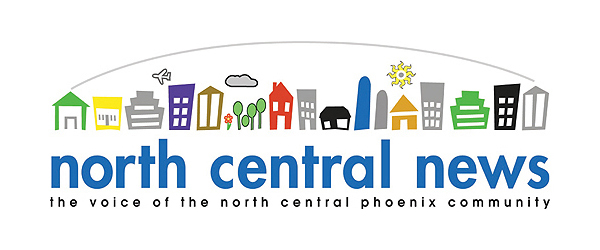
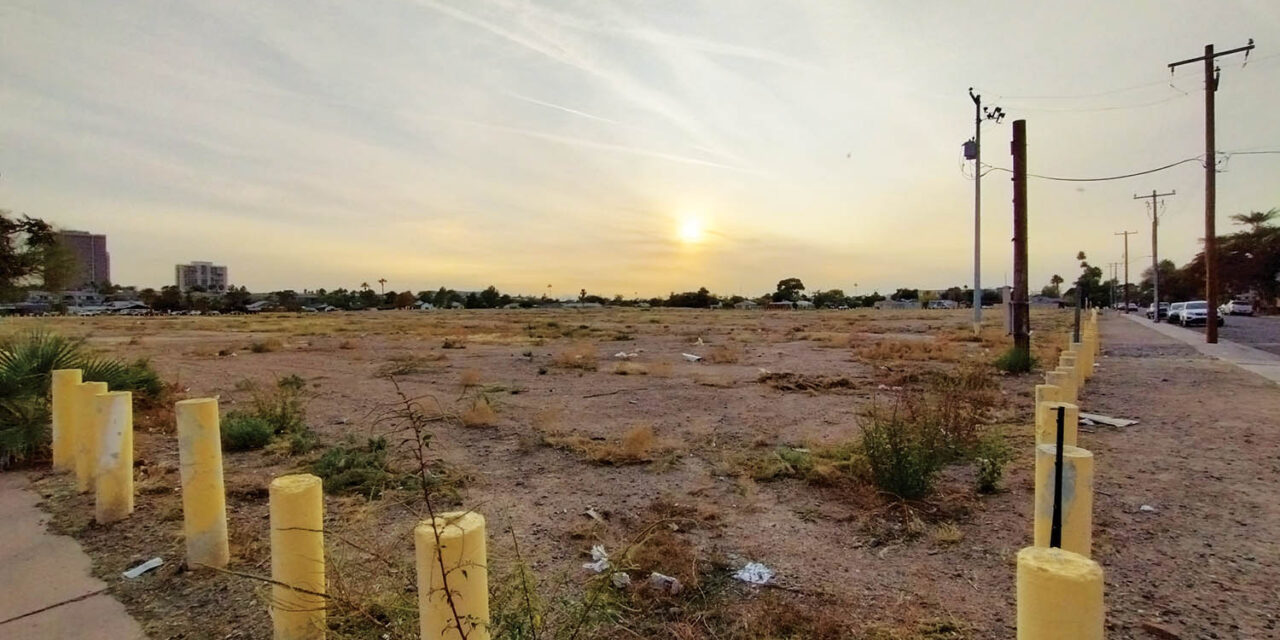
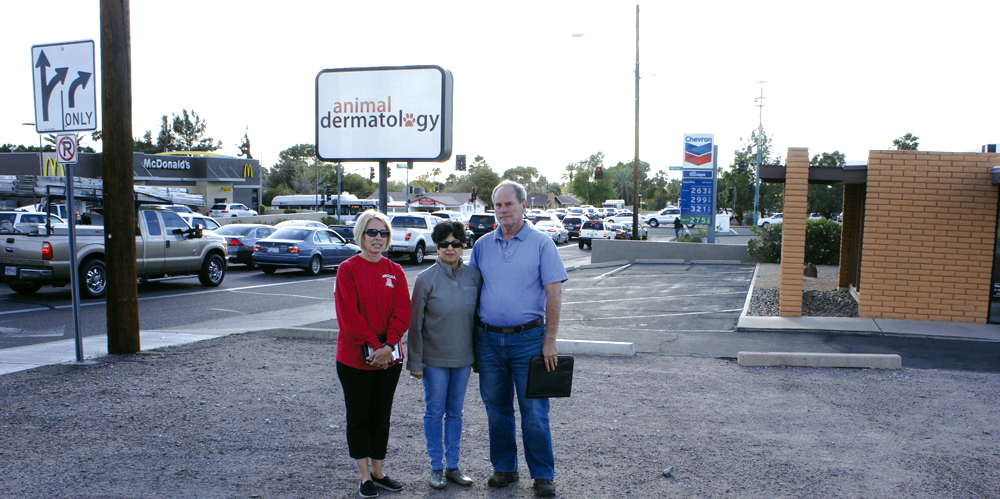
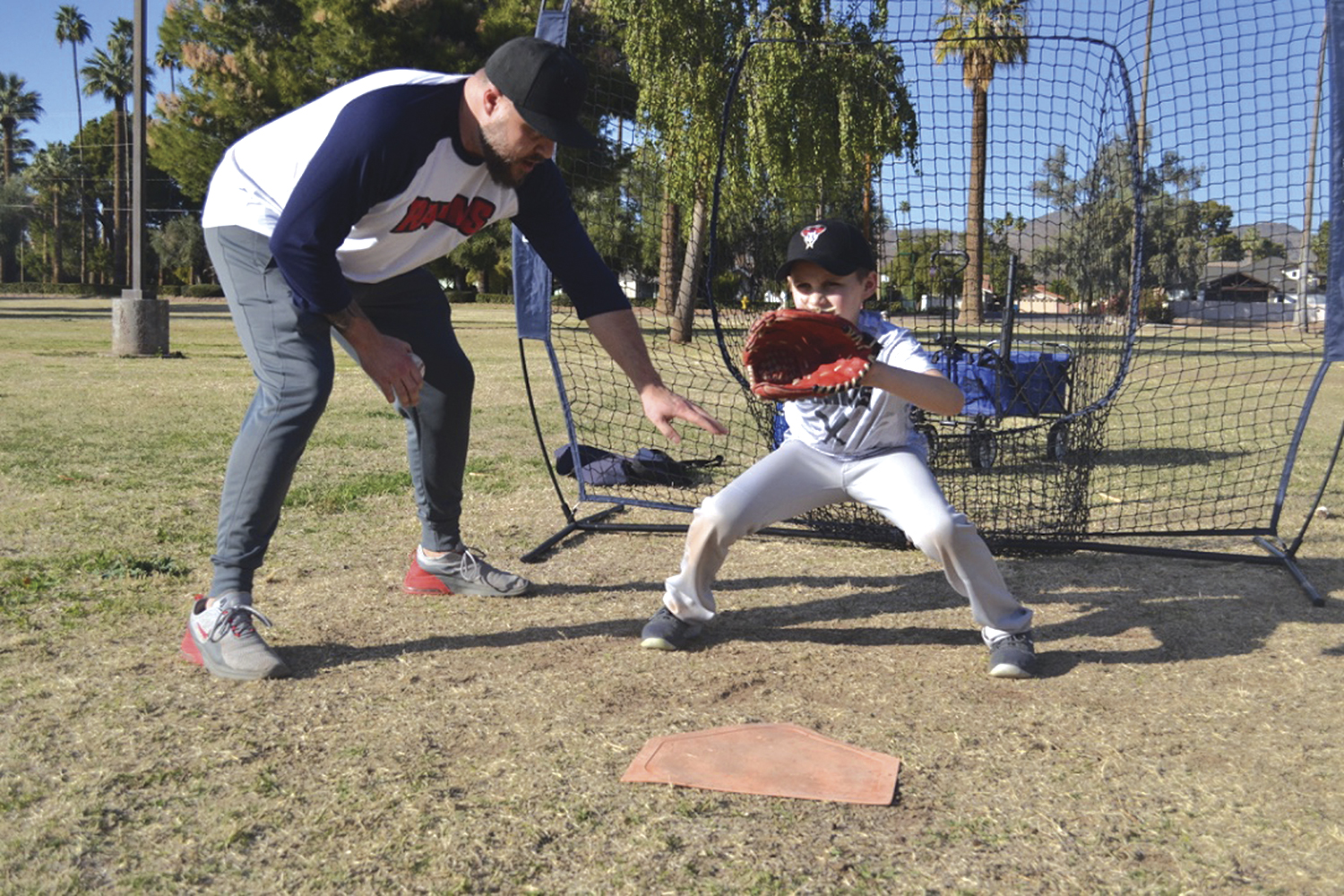

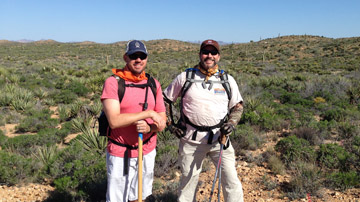
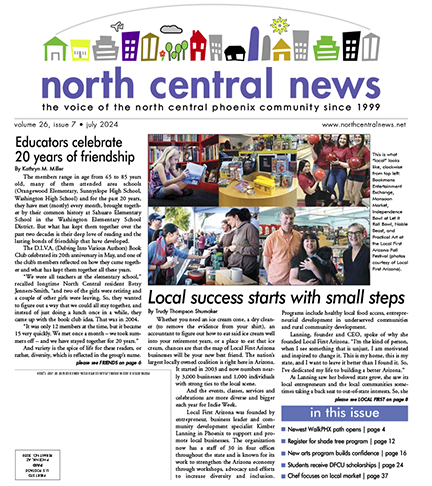

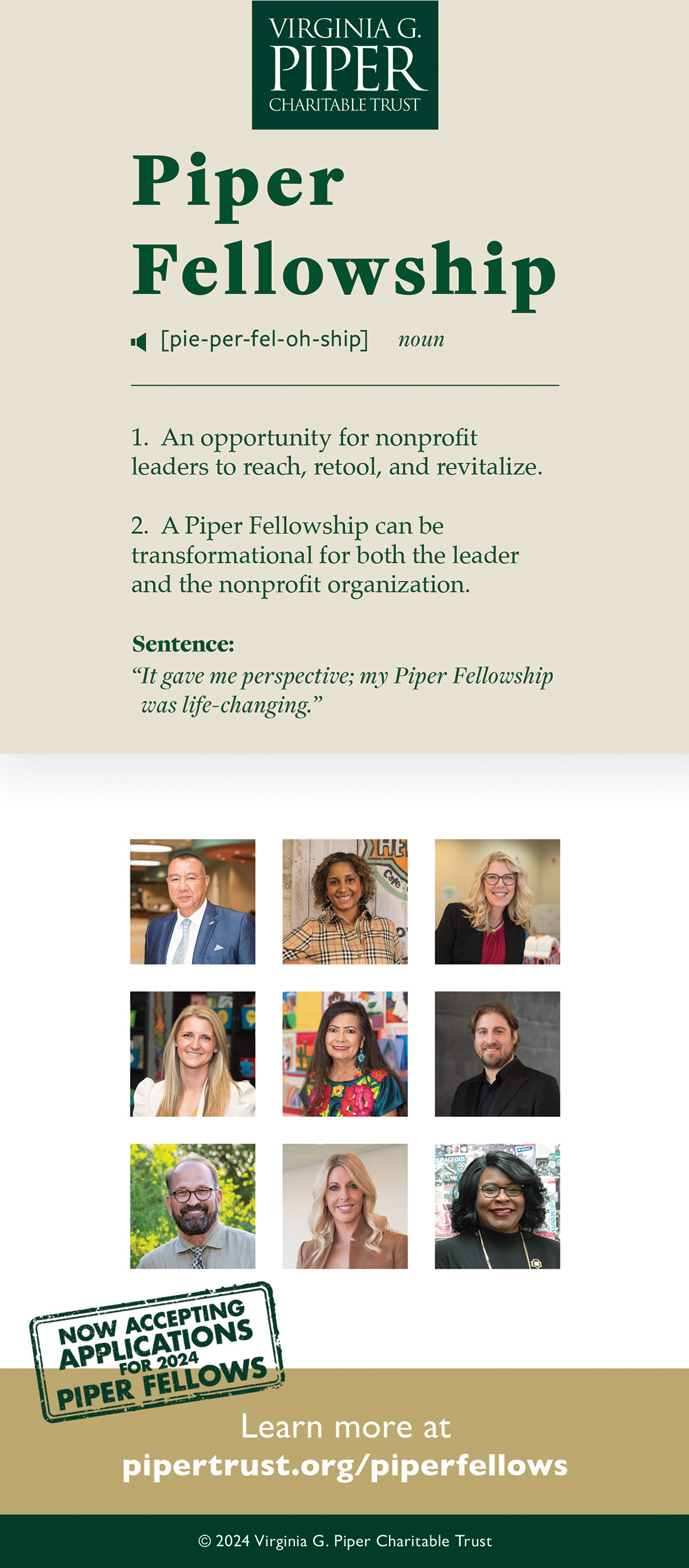


































Kathryn, thank you for taking the time to listen and research the issues surrounding the developments around Uptown. Having local reporters delivering community news has been slowly disappearing and citizens’ voices along with it. It’s important work and I’m certainly grateful.
I’ll keep you informed as things do or don’t happen moving forward.